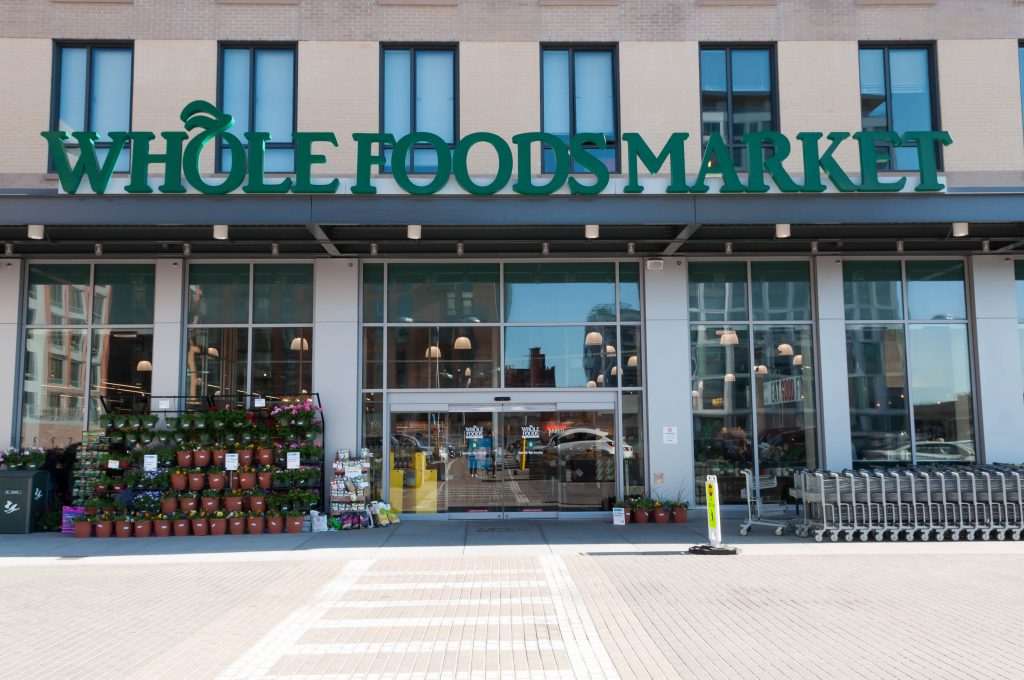Quick Analysis: Amazon could have bought any food retailer. Why Whole Foods? And how should retailers react?
Much of the buzz about Amazon’s agreement to buy Whole Foods has focused around the new physical distribution channel, especially for fresh food, that Amazon will now be able to leverage. And bricks-and-mortar retailers — especially grocers — are woefully behind in the use of technology in commerce. Of course.
But if that was the case, Amazon could have bought any retailer. Why Whole Foods specifically? Why a company that was likely more focused on the Amazon rain forest than Amazon.com until today?
Whole Foods Market is a high-touch, decadent customer experience company. Amazon is a low-touch, high-efficiency company. This is not a natural fit. It would have been more of a natural fit for Amazon to start experimenting with a regional, low-price-oriented supermarket like Southeastern Grocers (sure, they wouldn’t get the instant national presence, but they would acquire a large testing lab to optimize the business model).

Source: Wikimedia Commons
While Amazon acquired Zappos, Soap.com, Diapers.com, etc. — it is not a particularly acquisitive company. And while much news has been made about a hedge fund’s involvement, this acquisition doesn’t reek of financial engineering like so many other M&A deals have.
So what data are we missing that Amazon has?
Jeff Bezos, the CEO of Amazon, is a consistently big-picture thinker who will sacrifice short-term results for long-term benefit. So to judge this acquisition, it’s important to think five to 10 years down the road.
This acquisition might mean:
- Amazon has some pretty compelling data about its customers showing a synergy with Whole Foods
- Amazon wants to try a radically different approach in bricks-and-mortar retail than its low-touch, highly-automated, efficiency-oriented convenience store
- Noticing the huge success Costco Wholesale has experienced in organic, Amazon thinks a stripped down, efficiency-oriented approach to Whole Foods can be successful, much like it’s physical Amazon Books bookstore and Amazon Go convenience store experiments (basically, combining the 365 concept with Amazon’s unique data-driven and operational efficiency expertise), because organic food has pretty much become a commodity
- Amazon predicts a huge growth in the organic market
- The ethical and environmental background of the products younger generations buy is important to them, and Amazon wants to buy into a more ethically oriented company
- Amazon sees a ceiling (albeit, a high ceiling) on impersonal e-commerce transactions and wants to bring the human touch to retail sales to get a bigger piece of the pie
What does the acquisition mean for other retailers?
As you probably already know, Amazon already dominates ecommerce, accounting for 43% of US online retail sales. With Amazon’s big-time move into bricks-and-mortar retail, all retailers now have to be on top of their game.
With a few rare exceptions, most retailers will not be able to better utilize data or create a more efficient, friction-less customer experience than Amazon can.
However, their best hope is that Amazon is looking to turn Whole Foods into a ruthlessly efficient retailer, overlooking the essence of humanity that is core to the brand. As I’ve said before, In the age of Amazon, humanity is a competitive advantage (read more in The Radical Idea: Customer-first marketing prioritizes customer experience over upsells).
However, as I mention above, that may be Amazon’s intention as well. In that case, humanity will not be enough. If Amazon tries to be everything to everyone, the best tactic other retailers (except the few behemoths that can compete on that level) can do is find their story.
Find their niche, find their opportunity to connect with customers better than an all-in-one solution. Find that unique value proposition. Create an in-group with customers around a passion your brand and those customers share, leaving the all-in-one solution to the out-group. Tell a better story. Because All That Stands Between You And Walmart Is A Good Story. And the same applies to Amazon.
You can follow Daniel Burstein, Senior Director of Editorial Content, MarketingSherpa, on Twitter @DanielBurstein.
You might also like
Amazon Prime Day: 12 quick takeaways from Amazon’s magnificent train wreck
How CPG Marketer’s Guerrilla Campaign Landed Coveted Space on Whole Foods’ Shelves
Email Design Panel: Responsive email design with multi-device customers in mind
Get the latest research and case studies from MarketingSherpa delivered straight to your inbox
Categories: Ecommerce Eretail Amazon, ecommerce, Whole Foods









